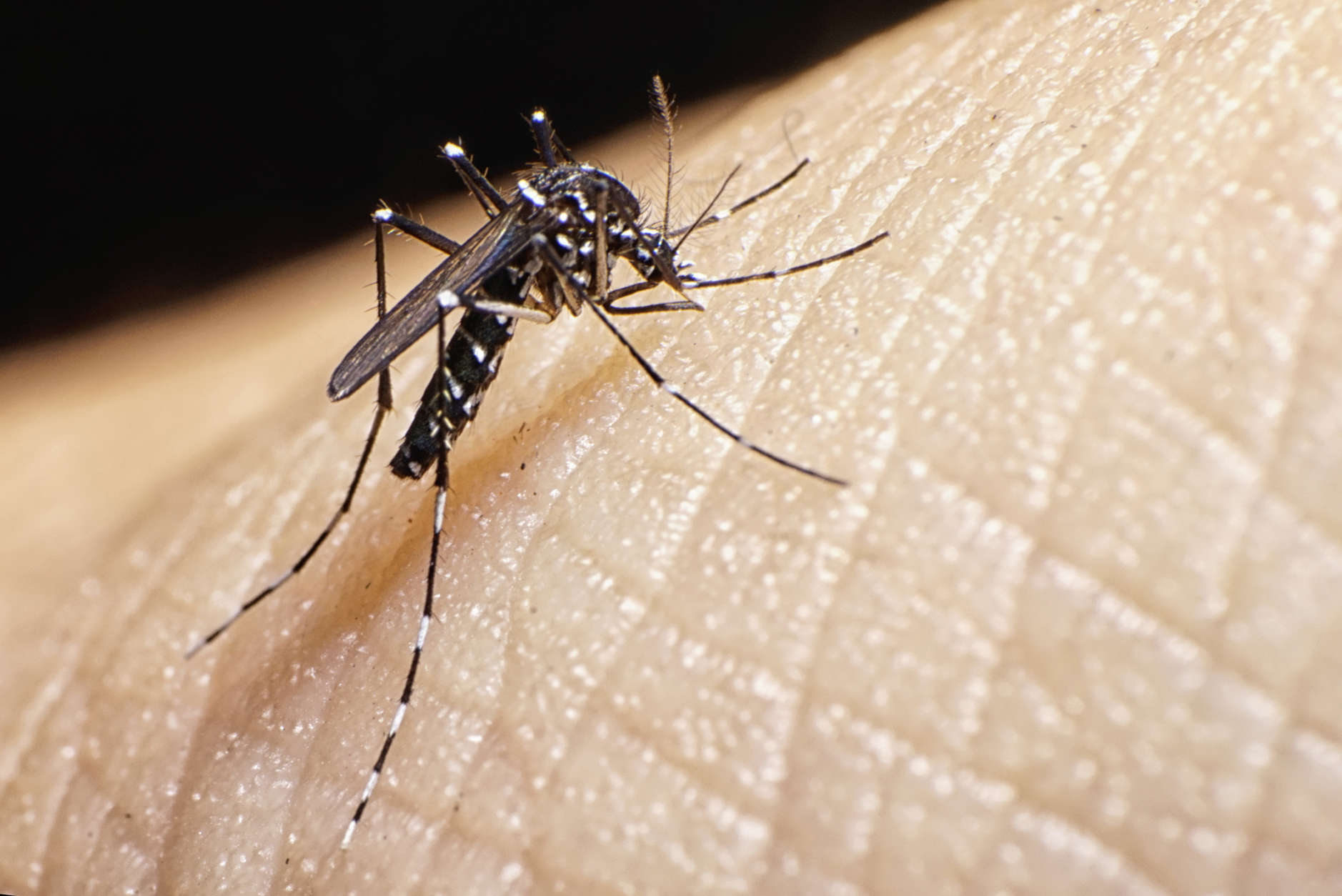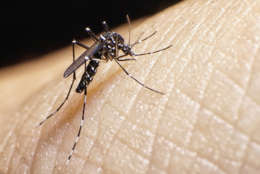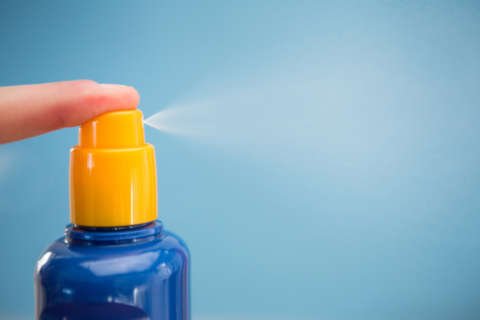



WASHINGTON — Summer fun can be tough on skin, but a local pediatrician has recommendations to help kids play it safe in several situations.
“Summer is a time for kids to get out and play and run around and be outside and to get dirty and to get a few bug bites,” said Dr. Lee Savio Beers, Children’s National Health System’s medical director for municipal and regional Affairs.
“It’s healthy for them both physically and emotionally.”
Sunscreen
“The younger your skin is, the more likely you are to do long-term damage to it when you get your sunburn,” Beers said.
In the short term, sunburns can cause illness in children and adolescents. “Sometimes we’ll see kids with fevers or who can get skin infections because their sunburns get infected,” Beers said.
- Apply sunscreen before exposure. Give it at least 10 to 15 minutes to soak into your skin.
- Reapply at least every two hours. Frequent applications help ensure fewer spots are missed.
- Realize sunburns can happen even on cloudy, rainy days.
- Reflective surfaces such as water and snow can increase sun intensity.
- Using an SPF of at least 15 is OK, Beers said, but an SPF of 30 to 50 is recommended.
- Consider application methods such as sprays or sticks for difficult spots, such as toes or the part in your hair.
“With my kids, the area right underneath their eyes is a really sensitive spot because they don’t like to go there with their sunscreen — [if] it gets in your eyes it burns a little bit,” Beers said. A sunscreen stick works well on the face.
Bug bites and stings
To ward off mosquitoes, biting flies and ticks, some parents are reluctant to use a bug repellent containing DEET on kids. That’s OK, Beers said. There are a number of natural alternatives.
“For example, oil of lemon eucalyptus has been shown to be just about as effective as DEET,” Beers said. “I’d rather you use something you’re comfortable with.”
There’s no evidence that a DEET concentration above 30 percent provides extra benefit, Beers said. She recommends lesser concentrations for both children and adults.
“You shouldn’t use bug spray on children younger than two months of age,” Beers warned.
Children stung by a bee, wasp or hornet might potentially have an allergic reaction. Signs of alarm would include swelling of the lips and throat and difficulty breathing. If your child does not have an EpiPen in that circumstance, Beers said, take them to an emergency room right away.
For more routine stings, the Centers for Disease Control and Prevention recommends applying ice to reduce swelling and advises against scratching, which could increase swelling and create a risk of infection.
The bee stinger itself can be removed by scraping the area with a fingernail or credit card.
Poison ivy
“Learn. Go on the internet. Look and see what poison ivy looks like, what poison oak looks like, so you can avoid it,” Beers advised.
Some people erroneously believe poison ivy is contagious, but the rash cannot be spread to other people. What can spread is the oil that causes the rash if it’s on, for example, your clothes or on a dog’s fur.
If you even suspect you’ve been exposed to a plant’s irritating oils, remove it as soon as you can. Wash your clothes and anything you might have touched. Wash your body with warm soapy water using a wash cloth for friction to help remove the oils.
“There are commercial products specifically designed to remove the oils that are helpful,” Beers said.
To cope with a rash:
- Use over-the-counter remedies, such as calamine lotion or ointments with hydrocortisone
- Apply a cool compress such as a washcloth
- Consider consulting a doctor
“If you just can’t handle it, or it’s causing other problems, don’t hesitate to come in and see your doctor,” Beers said. “Sometimes other treatment can be indicated and needed.”
While there are lots of safety issues to be aware of, she said, it’s good for kids to experience nature and the joy of free play and being outside with their friends.
“Be careful, but get outside and have fun!”







